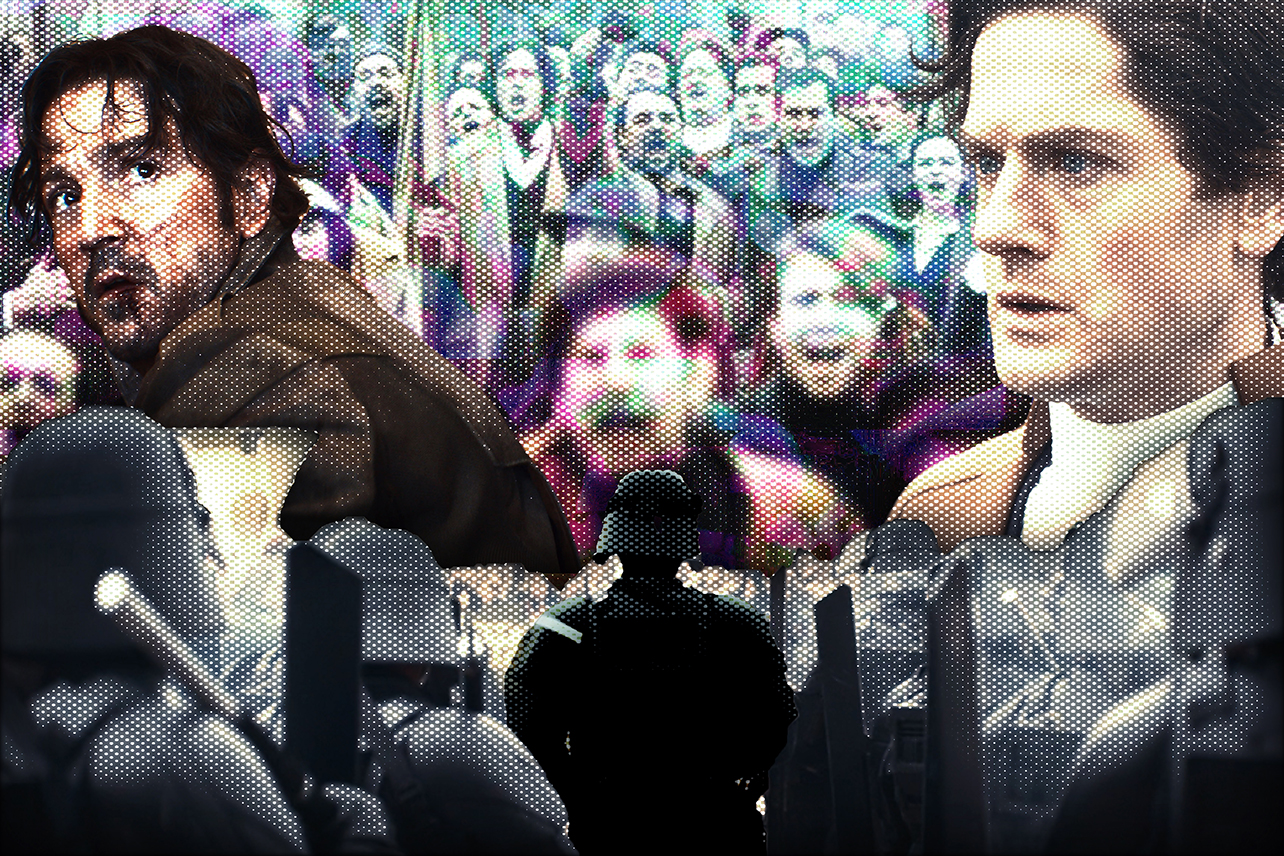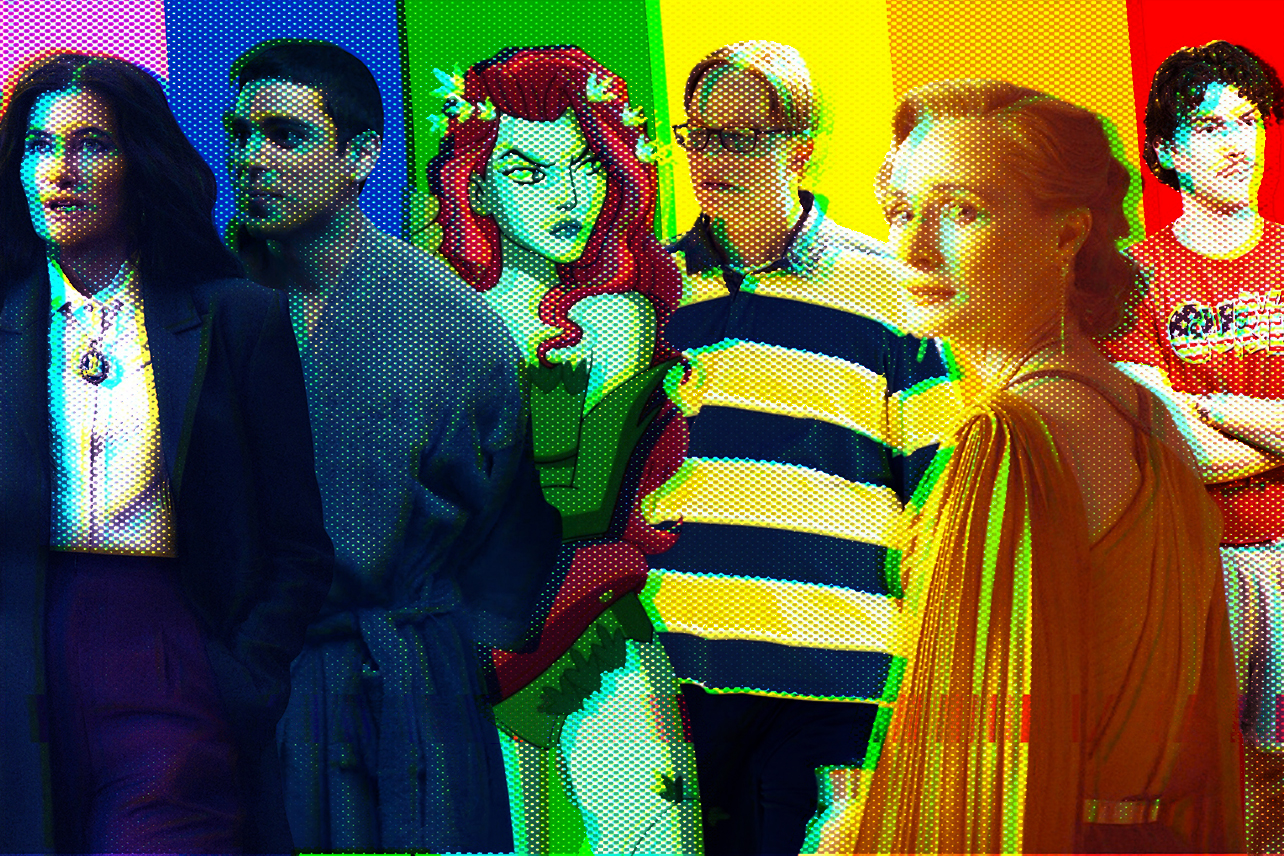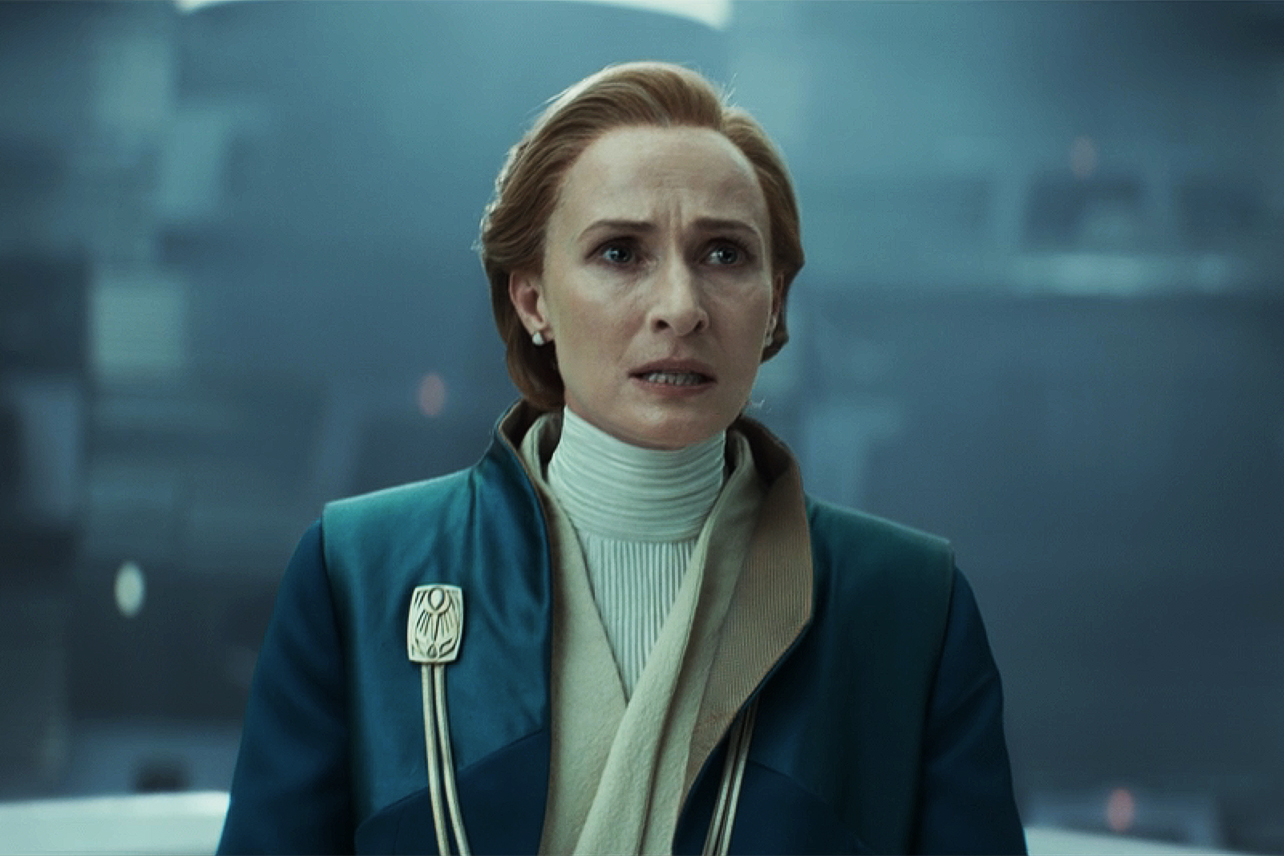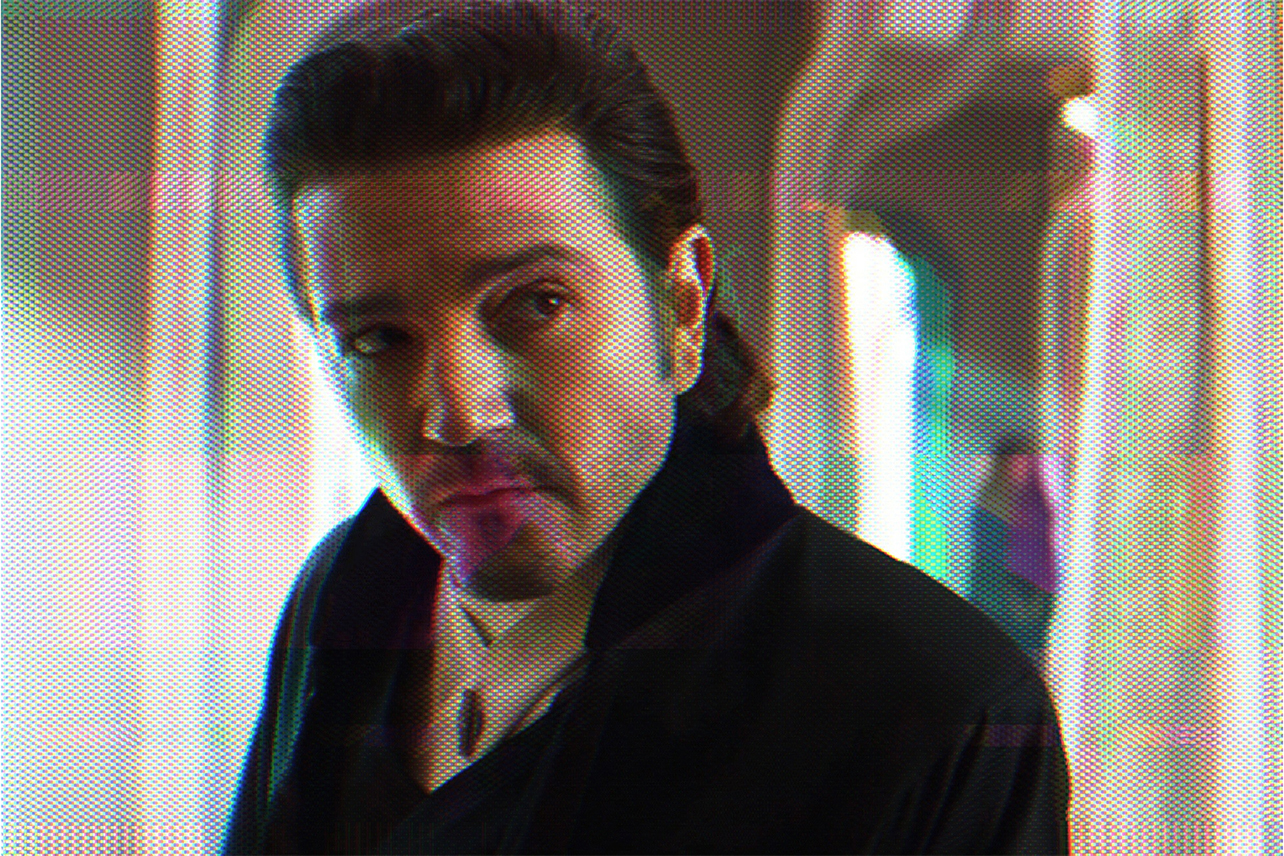Without a doubt, the central set piece of the second season of Andor is the Ghorman Massacre. It is the big picture Star Wars event to which the series builds throughout the season. It arguably serves as the climax of the show, with the four episodes which follow it functioning almost as denouements as the series moves to set up the events of Rogue One, into which it directly leads.
Yet the idea of the Ghorman Massacre is not original to Andor. Rather, it is something which has existed in the Star Wars narrative in various ways and to various levels of "canonicity" since 1990, when it was first mentioned in — of all places — a roleplaying game guidebook. With Andor having enshrined the Ghorman Massacre as one of the key events in the history of Star Wars — both in-universe and in terms of real world Star Wars storytelling — let's take a look at its origins and the ways it has evolved over time to become what we know it to be today.
The First Ghorman Massacre

What eventually becomes the Ghorman Massacre we see in Andor began its life when first mentioned in the Rebel Alliance Sourcebook, a roleplaying guide published in 1990 by West End Games in support of the first Star Wars roleplaying game. In that book's telling, writer Paul Murphy crafted the massacre as an event in which then-Captain Tarkin ordered his shuttle to land on a group of peaceful protesters on the planet Ghorman.
The action had two important consequences: one, it so delighted the Emperor that he promoted Tarkin to Moff, setting the stage for his eventual elevation to Grand Moff and command of the Death Star. And two, it galvanized opposition leaders like Mon Mothma and Bail Organa into believing that they couldn't effectively oppose the Emperor within the halls of power, that open rebellion was a necessary course of action, laying the groundwork for the later formation of the Alliance to Restore the Republic.

Notably, the event took place early in the Emperor's reign, roughly 19 years before the Battle of Yavin (the fight which concludes the first Star Wars film and culminates in the destruction of the Death Star) and therefore in the first year of his rule. It would take 17 in-universe years for the sentiment sparked by the Ghorman Massacre to give birth to the formal Rebellion.
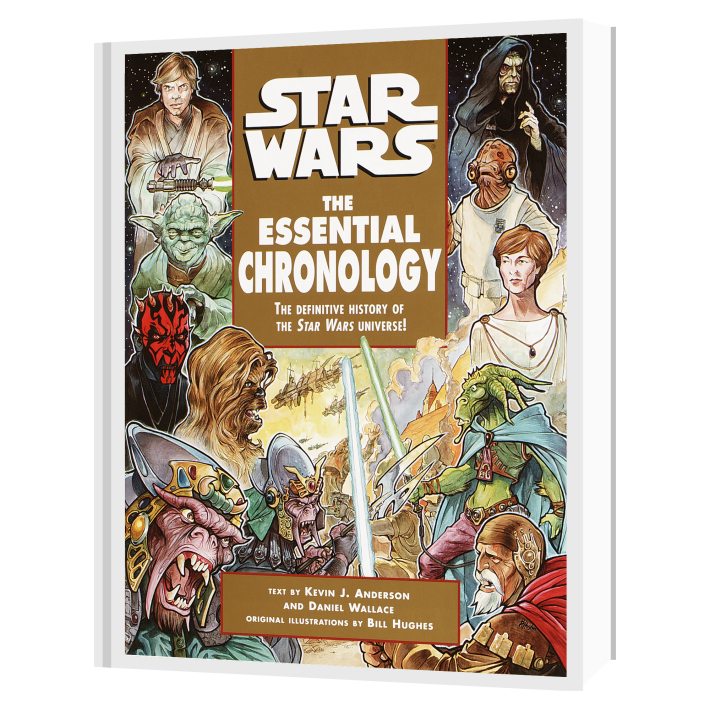
From there, the Ghorman Massacre would get referenced periodically in the burgeoning Star Wars Expanded Universe (what is now known as Star Wars Legends). These were the stories told outside the films and canonical TV series prior to the acquisition of Lucasfilm by Disney. It would be cited, alongside events like the Destruction of Alderaan (seen in 1977's Star Wars), as an example of the Empire's cruelty. A Rebel warship was named Ghorman's Honor, and said to be present at the Battle of Endor which saw the defeat of the Empire (seen in 1983's Return of the Jedi). The date of the Ghorman Massacre would be fudged — the first Essential Chronology book (pub. 2000) placed it at 18 BBY, while the New Essential Chronology (pub. 2005) moved it back to 19 BBY.

But for the most part, the Ghorman Massacre remained a footnote in Star Wars history, in part due to when it occurred, at a time away from the adventures of the Original Trilogy characters and close to an era George Lucas was, at the time, exploring himself via the Prequel Trilogy.
The New Ghorman Massacre

When Disney bought LucasFilm in 2012, all of the existing stories outside the films and assorted TV series (such as The Clone Wars) were de-canonized and declared "Legends." But over time, certain elements from those stories — names, plot points, characters, etc. — worked their way back into the official canon of the Star Wars universe, albeit often in slightly modified ways. The Ghorman Massacre was one such event.
It made its first canonical re-mention in, appropriately enough, another role playing sourcebook, this one called Forged in Battle for Fantasy Flight games in 2016. Importantly, that sourcebook moved the date of the Ghorman Massacre up significantly, to 2 BBY, thereby making its impact on the formation of the formal Rebellion much more direct and immediate.

This then led to the massacre's use in the Season 3 episode of Rebels, "Secret Cargo," in 2017. In that episode, the titular rebels are waiting to rendezvous with another Rebel cell on orders from Bail Organa, and listen to excerpts of a speech given by Mon Mothma decrying the Emperor in the wake of the Ghorman Massacre. The group they're meeting turns out to be elements of the Rebel Gold Squadron, who are shepherding Mon Mothma herself to a meeting of Rebel leaders on Dantooine.
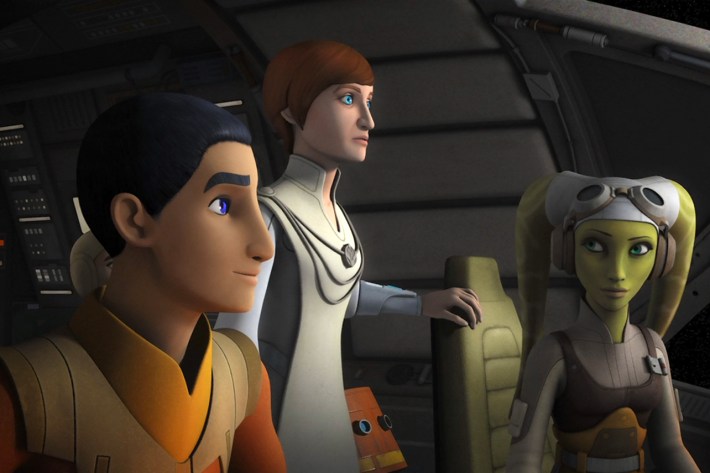
In the course of the episode, the Rebels crew helps Mothma escape Imperial capture, after which she gives a public address resigning from the Senate, vowing to fight on the front lines against the Empire, and rallying the various rebel cells to come together as one. Shortly thereafter, a number of Rebel ships arrive in orbit around the planet as the Rebel Alliance is formed.
Notably, the actual details of the Ghorman Massacre itself go undiscussed; the mention in the Fantasy Flight sourcebook maintains the "Tarkin landing his shuttle" cause, and thus, that is the implied source of the massacre in Rebels’ version.
The New Ghorman Massacre Redux
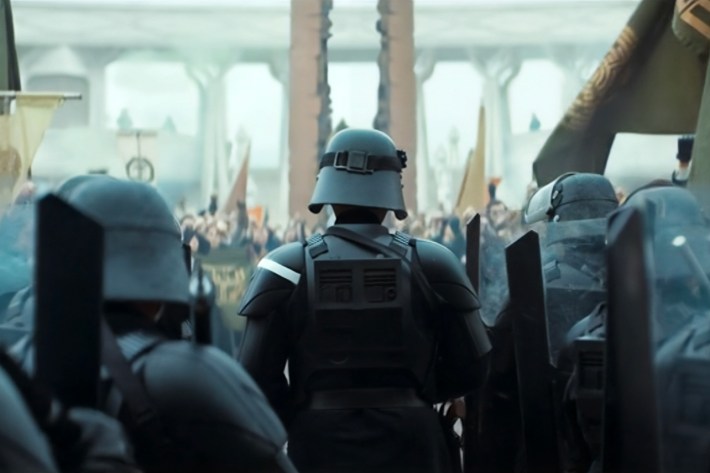
Heading into Andor Season 2, creator and showrunner Tony Gilroy was aware of the canonical role the Ghorman Massacre played in the departure of Mon Mothma — one of the central characters in his cast — from the Senate and into open Rebellion. But he also recognized that the events of the actual massacre itself were somewhat sketchy and, importantly, hadn't actually been depicted as a narrative in any medium. Thus it was decided to lean into the Ghorman massacre and use it as a key event in the story Andor was telling, in the process establishing a canonical telling of it for the first time in a way that would still fit with the few established details.
Gilroy and company even managed to maintain the "Tarkin parks his ship on protestors" description of the very first telling of the Ghorman Massacre, as well as its original relative placement in the timeline as presented way back in 1990. In the episode "Ever Been to Ghorman?", it's established that in 19 BBY, then-Moff Tarkin landed his cruiser on top of protestors in the city of Palmo, which is an almost beat-for-beat summation of the original Ghorman Massacre. Now dubbed the "Tarkin Massacre," this event thus becomes a dark precursor to the larger Ghorman Massacre 17 years later.

With the old "official" sequence of events both honored and moved out of the narrative way, Andor was thus free to present its own version of the Ghorman Massacre, which unfolds across episodes seven and eight of its second season (with much of the season's previous episodes setting it up). After that, the show moves on to Mon Mothma's escape from Coruscant in Episode 9. Here, Gilroy and company are forced to take a little more aggressive editing approach regarding the existing lore.

Understandably not content to let the Mon Mothma moment to which the entire series has been building be scripted by other writers years before, Mon's senate speech attacking Palpatine is entirely different from what is heard in Rebels (the official line on this now is that the Rebels speech is a second speech, one delivered after leaving Coruscant). Yet even here, Andor does its best to synch up with established continuity; while it is Cassian who gets Mon out of the Senate, mention is made of the desire by the Rebellion to have Mon arrive at Yavin escorted by Gold Squadron, an elegant way to give Cassian an important role to play while still allowing previous events to unfold as they did — with the added benefit of making a point about how propaganda isn't just a useful tool for the bad guys.
There's still some continuity wrinkles — Andor makes a point of having Bail Organa remain at the Senate when Mon leaves, but Rebels shows him alongside General Dodonna on, presumably, the Yavin base. But for the most part, once you get past the changed speech, the two events sync up quite well.
More importantly, in its telling of the Ghorman Massacre, Andor not only moves a key event in the formation of the Rebellion that largely existed in the background for thirty-five years of storytelling into the spotlight by giving us the definitive telling of that event. It also gives us a stunning piece of filmmaking, in which all the pieces — from the acting to the direction to the production design to the score — are in top form telling a story that speaks to the importance of rebellion and the insidiousness of fascism, a story that speaks to the heart of what Star Wars is all about.
If you haven't already, consider supporting worker-owned media by subscribing to Pop Heist. We are ad-free and operating outside the algorithm, so all dollars go directly to paying the staff members and writers who make articles like this one possible.
